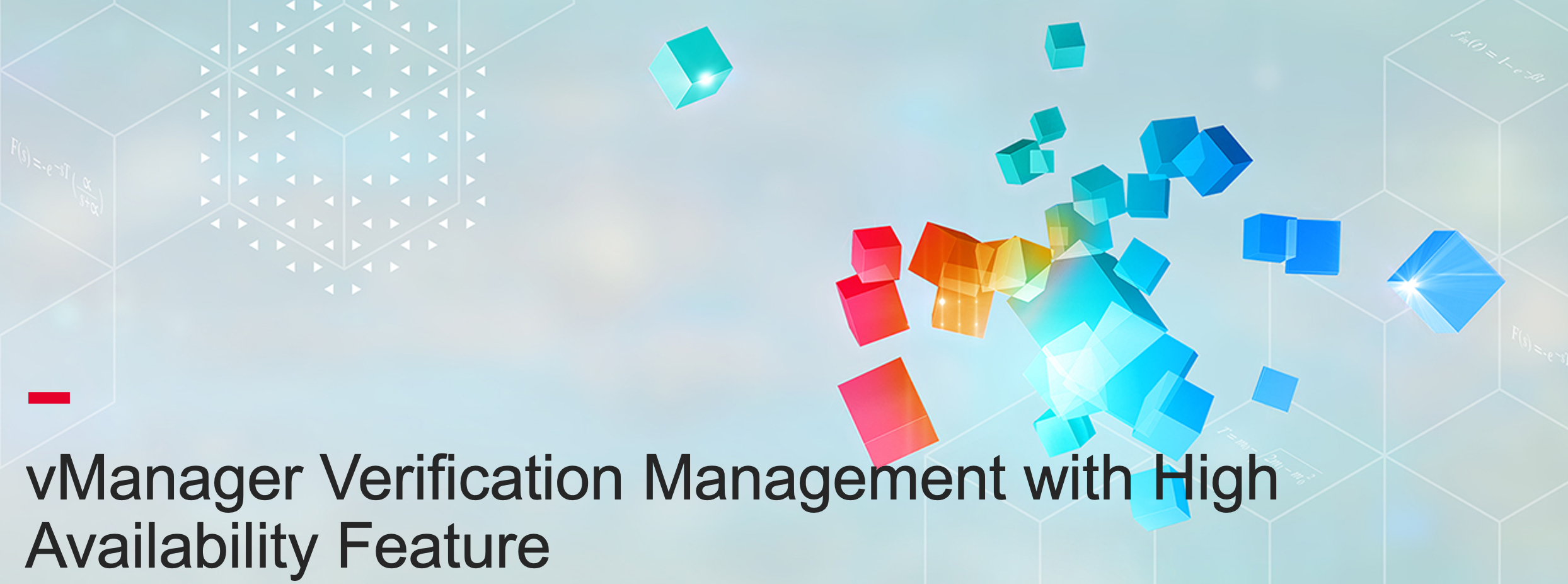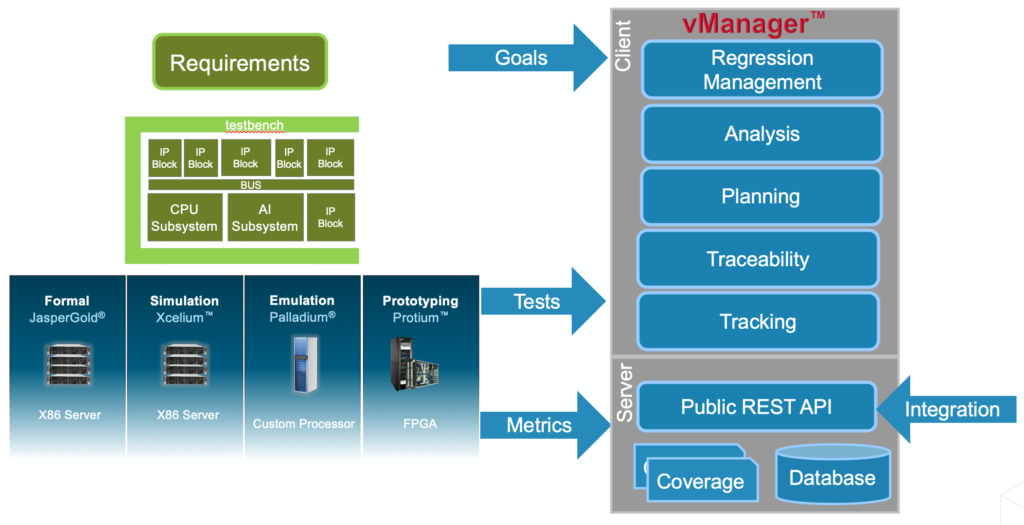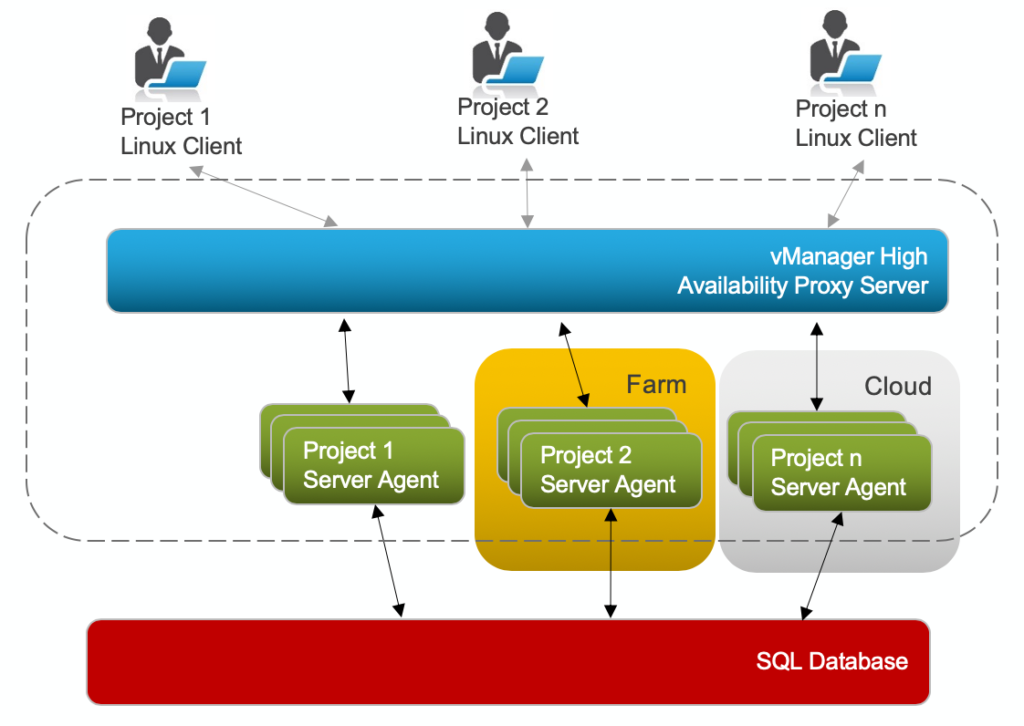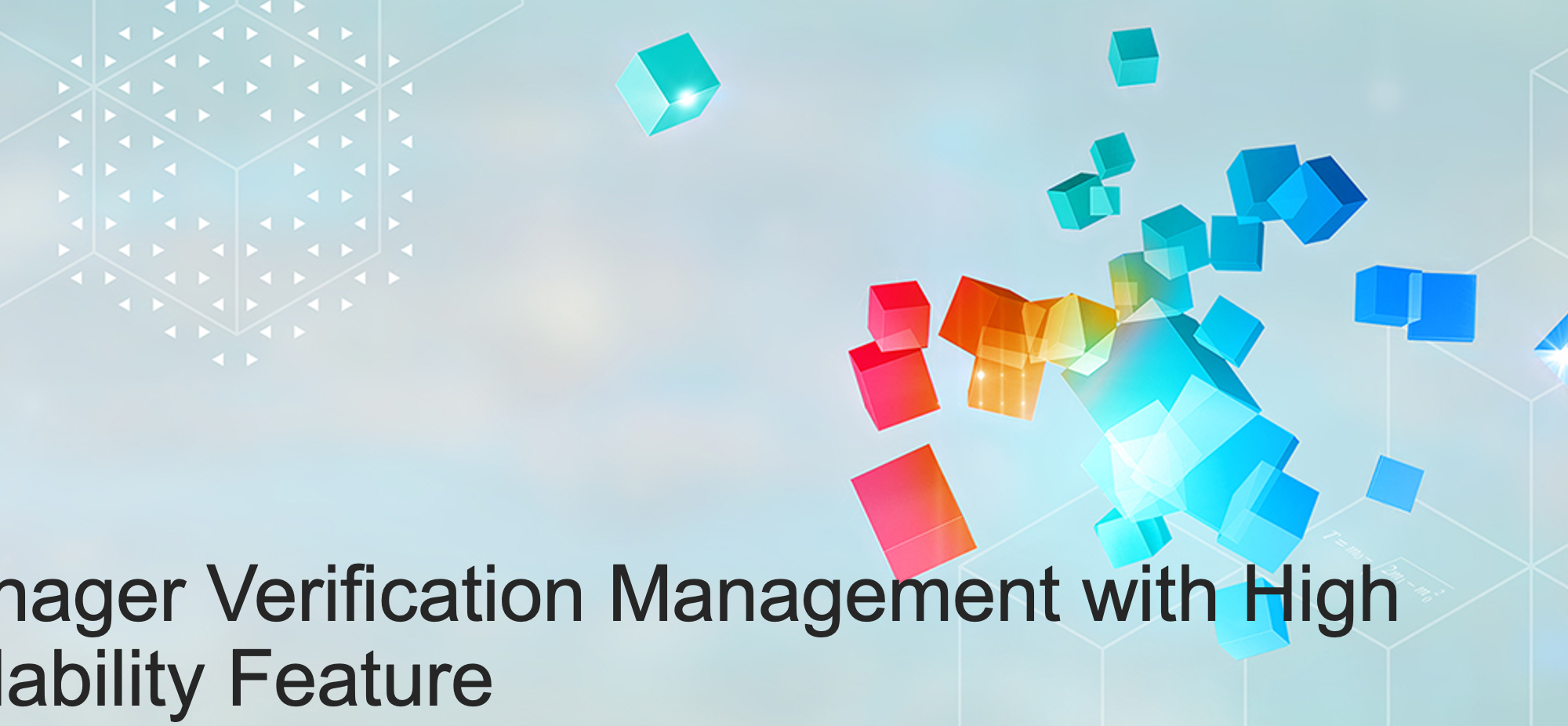
Cadence vManager™ Verification Management provides what the company describes as metric-driven signoff. Anyone who has been through the tapeout process for a complex SoC knows the perils of verification sign-off. How much of the chip has been verified? What’s left to do? Will all be ready when the tapeout deadline arrives? In a prior life, I mused that chip verification was done when time ran out. Today, one can do a lot better than that with the available technology from companies like Cadence.
I recently had the opportunity to speak with Matt Graham at Cadence about the vManager platform and the recent enhancements that have been added. Matt is a product engineering director for vManager. He’s been with Cadence for over 15 years and spent time at Nortel, AMCC and Verisity before it was acquired by Cadence. Matt knows a lot about chip verification and how to automate it.
He started by taking me on a tour of the vManager platform. With the goal of helping customers verify smarter, this platform aims to enhance predictability, productivity and quality for chip verification. Think of it as a way to collate and manage the massive data from all the verification tasks applied to a typical SoC. Formal analysis, software simulation, hardware emulation and FPGA prototyping all generate a lot of information.
The vManager platform analyzes and abstracts this information to create a clear picture for the design team regarding where they are in the verification process. Verification requirements are coordinated with design intent to assess functional and code coverage. This allows informed decisions to be made, which results in superior quality and tighter schedule performance. The figure below provides an overview of the data sources and analysis regimes of the vManager platform.

The current architecture of the platform manages the significant data volumes with a client/server SQL database in a centralized configuration. This architecture works great for an IP level team all located in the same location. As the need to scale to larger, more distributed teams increases, the scale (30 projects and 100 users) and locality limitation of a single server starts to become a concern. The lack of fault tolerance also makes the system a potential single point of failure – a difficult situation when tapeout is fast-approaching.
Cadence has addressed these issues with the addition of a high availability proxy server that provides load balancing and resilient routing. Proxy servers and server agents work together, resulting in a scalable and high-availability environment that delivers fault tolerance. Both public and private cloud environments are supported. The figure below provides an overview of the new architecture.

This architecture supports multi-region capability, allowing design teams to manage regressions across regions and into the cloud with a single server. Every project has a complex geography overlay so this is a key feature. All the data at each location is linked to provide good oversight.
Matt summarized our conversation by pointing out that this new architecture provides greater predictability, productivity and quality with better scalability, improved reliability, tighter collaboration for dispersed design teams and lower maintenance. This enhancement provides a lot of benefits.
Cadence supports a comprehensive upgrade program for these new features, so if you’re a vManager customer contact your Cadence salesperson to find out how to unlock all these new benefits.
Share this post via:






Comments
There are no comments yet.
You must register or log in to view/post comments.